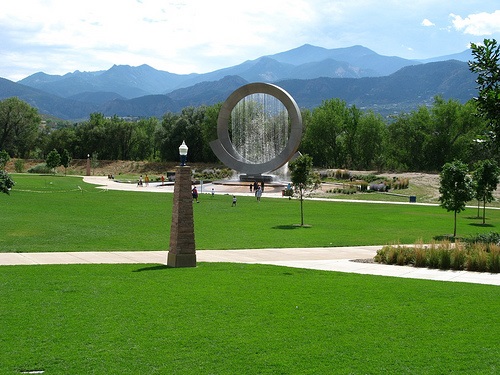FAQs
Below are some of the most common frequently asked questions pertaining to Section 4(f) with some general answers. For more details on the subject and additional information, consult the FHWA Section 4(f) policy paper.
What are the types of Section 4(f) clearances that can be used?
- Full, Individual Section 4(f) Evaluation
- Nationwide Programmatic Evaluation
- Independent bikeway or walkway project
- Historic bridges
- Minor Involvements with historic sites
- Minor involvement with parks, recreation areas, or wildlife and waterfowl refuges
- Net benefits to a Section 4(f) property
- Section 4(f) De Minimis Evaluation and Determination
- Section 4(f) Exception as listed in 23 CFR 774.13
When is a property considered to be protected by Section 4(f)?
A property is protected by Section 4(f) when it is a publicly owned park, recreation area, or wildlife and waterfowl refuge of national, State, or local significance, or an historic site of national, State, or local significance.
For publicly owned land, it is considered to be a park, recreation area or wildlife and waterfowl refuge when the land has been officially designated as such by a Federal, State or local agency, and the officials with jurisdiction over the land determine that its primary purpose is as a park, recreation area, or refuge.
For purposes of Section 4(f), a historic site is protected only if it is on or eligible for the National Register of Historic Places. FHWA in cooperation with the applicant consults with the State Historic Preservation Officer (SHPO) and/or the Tribal Historic Preservation Officer (THPO), and when appropriate, with local officials to determine whether a site is eligible for the National Register. If a site is determined not to be on or eligible for the NR, FHWA still may determine that the application of Section 4(f) is appropriate when an official (such as the Mayor, president of the local historic society, etc.) formally provides information to indicate that the historic site is of local significance.
There may be other, specific circumstances where Section 4(f) could apply to a property as well.
Who is the official(s) with jurisdiction?
For a public park, recreation area, or wildlife and waterfowl refuge the Official with Jurisdiction is the official(s) of an agency or agencies that own and/or administer the property in question and who are empowered to represent the agency on matters related to the property. For example, this could be a city Parks and Recreation  Department director or planner, a city mayor, a county commissioner, or an open space manager.
Department director or planner, a city mayor, a county commissioner, or an open space manager.
For historic sites, the official with jurisdiction is the SHPO or THPO. When the Advisory Council on Historic Preservation (ACHP) is involved in the consultation concerning a property under Section 106, the ACHP will also be considered an official with jurisdiction over that resource.
What is considered a “use” of a Section 4(f) property?
A Section 4(f) use can occur when:
- Land is permanently incorporated into a transportation facility
- Right-of-way
- Permanent easement
- There is a temporary occupancy of land
- Temporary easement
- Right-of-entry
- Temporary access restrictions
- Other short-term arrangement
- There is a constructive use of a Section 4(f) property
